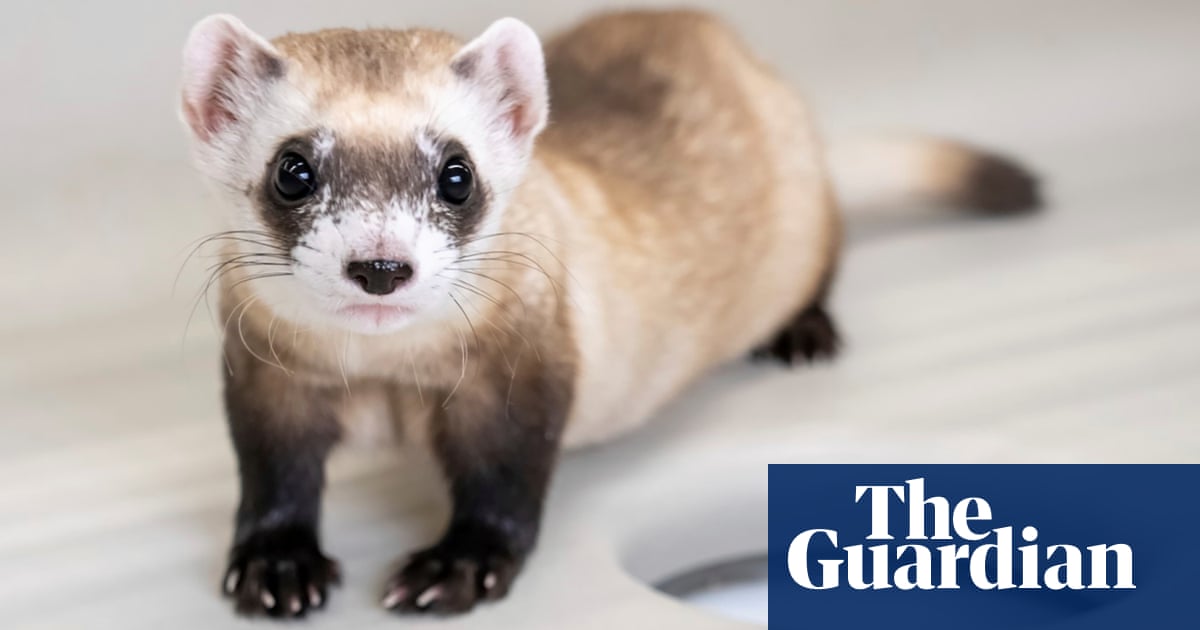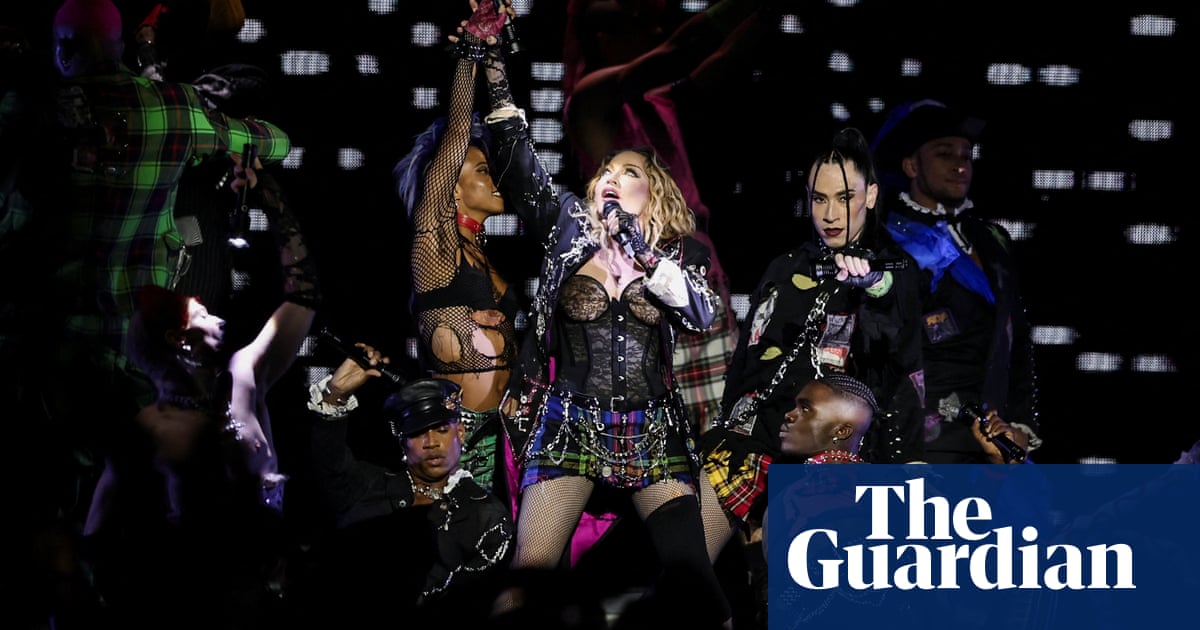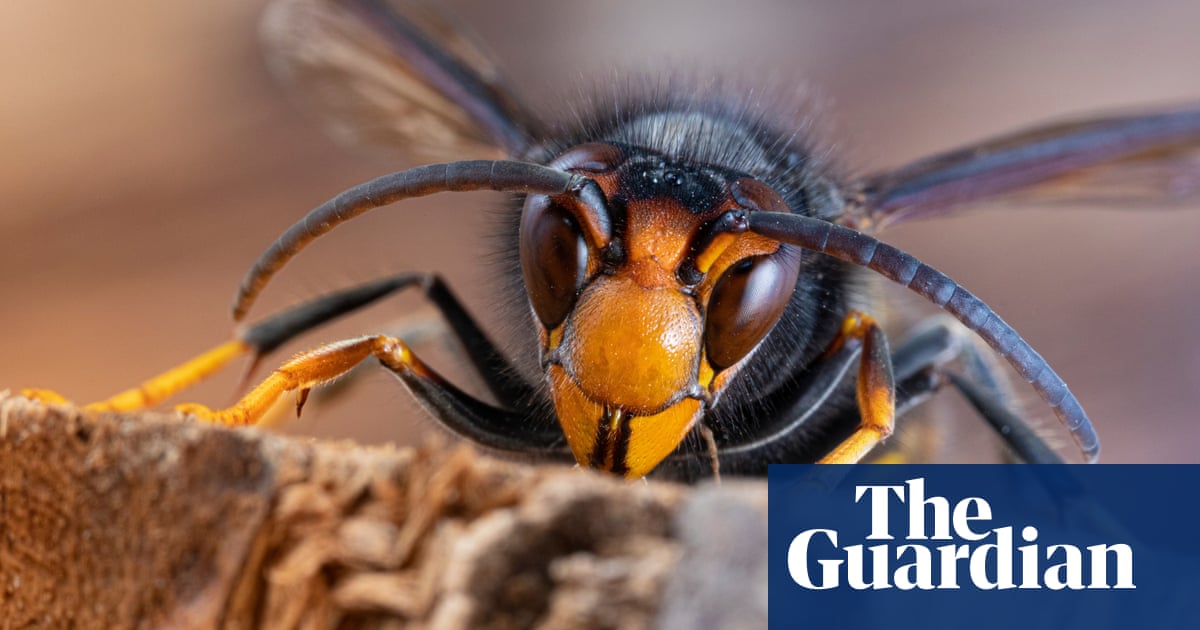Two more black-footed ferrets have been successfully cloned in an attempt to save the endangered species, the US Fish and Wildlife Service (USFWS) announced.
The national agency shared news about the births of ferrets Noreen and Antonia, who were both born last May.
Both ferrets were cloned using tissue samples collected in 1988 from a female ferret named Willa. The 2020 birth of a black-footed ferret – using the same genetic material that produced Noreen and Antonia – signified the first cloning of a native endangered species, the USFWS reported.
The cloning of black-footed ferret represents a significant milestone in the continued fight to save the gravely endangered species.
The black-footed ferret – known for the black markings on its tail, feet and eyes – has been categorized as endangered since the 1960s, according to the USFWS.
Agricultural expansion, the prairie dog and other factors led to a sharp decline in the ferret’s population, which was anywhere from 500,000 to 1 million in the 1800s.
The species was presumed extinct in 1979, when the last black-footed ferret died in captivity. But a small population of ferrets was discovered in 1981 by a Wyoming cattle rancher.
Conservationists quickly captured the wild ferrets and launched the Black-Footed Ferret Recovery Program, breeding the rare mammal in captivity to increase its population.
Willa was among of the few ferrets who were initially captured. Unfortunately, the female ferret did not have any living descendants. But scientists collected her genes and tissue samples – freezing the precious cells at the Frozen Zoo in San Diego, California.
The cryobank hosts more than 10,000 “living cell cultures, oocytes, sperm, and embryos” from nearly 1,000 species, according to the zoo’s website.
Elizabeth Ann, a female ferret born in 2020, was the first clone using Willa’s genes. But Elizabeth Ann, who lives at the National Black-footed Ferret Conservation Center in northern Colorado, also did not have descendants. Handlers working with Elizabeth Ann said the female ferret was not interested in any potential mates.
“She didn’t like the males, and she didn’t even let them into her tunnel,” Ben Novak, lead scientist with the conservation non-profit Revive & Restore, said to the Washington Post. “She bit one of them on the nose.”
after newsletter promotion
Scientists are also unable to breed Elizabeth Ann due to an issue with her reproductive organs not caused by her initial cloning, CBS News reported.
Therefore, the latest ferrets were cloned after scientists inseminated a domestic ferret, the Post reported.
Noreen was born and also resides at the National Black-footed Ferret Conservation Center. Antonia lives at the Smithsonian’s National Zoo and Conservation Biology Institute in Virginia.
The national agency confirmed that Noreen and Antonia are both “healthy and continue to reach expected developmental and behavioral milestones”.
Both ferrets will be used for breeding when they reach reproductive age.



